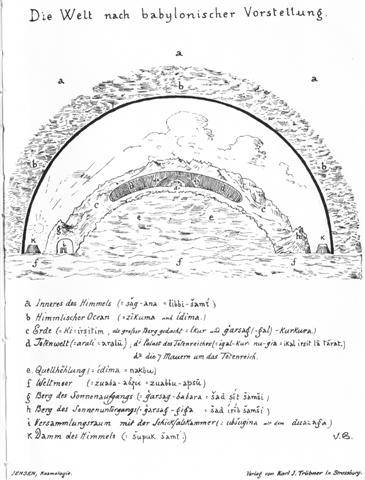Bent henua (Pa1-1 and Ea9-25) - presumably meaning the halves of a 'sea shell' (pure) - together with ragi (Ca1-1, Ha1-2, and Pa1-1) possibly allude to the primal situation in which Tagaroa dwelt alone in his dome. Water is the opposite of fire (light, life), and being alone in the vast primordial darkness, Tagaroa must have been as if down in the water. The word tarai may explain why tara glyphs appear at the beginning of the texts (C, H, and P):
Here - I suggest - a possible explanation of why tara glyphs appear above is the necessity in rongorongo texts to use a glyph type in rebus fashion. Tara could be used to allude to tarai - the deluge at the beginning before light forced sky and earth apart, Glyph play and word play, however, probably worked together. Tarai means also 'to cut off knots or thorns' (and similar) - tara = thorn and tarai = eliminate thorns. The Polynesian language is full of words derived from wordplay. Therefore it is quite possible to express complex ideas by way of the rongorongo system of writing. Another glyph play is seen in Ea9-25--26: the thumb is like the point (tara) in the tara glyph. The instrument for eliminating thorns, to rough-hew at the beginning of building a canoe, is the adze. Yet on atolls the working tool was a sea shell. In ancient Babylonia they imagined the earth was bulging upwards because down below under the earth, in the darkness, there was a huge freshwater reservoir (apsū). The form of the earth was therefore like an overturned boat: "Da ferner sofort nachgewiesen werden wird, dass sich der apsū unter der Erde ihrer ganzen Ausdehnung nach befindet und ein Höhlung unter der Erde nur verursacht werden kann durch eine Wölbung der Erde, werden wir nicht umhinkönnen, diese Vorstellung von dem apsū wieder gespiegelt zu sehen in dem Bericht des Diodor, dem gemäss die Erde von den Chaldäern in der Gestalt eines umgestülpten Bootes vorgestellt wurde." (Jensen)
I suggest the same kind of world view could have been shared by the creators of the rongorongo texts. Above there was a sky dome and below the sky dome the earth was also dome-shaped like an overturned canoe - formed like a hare paega. There were two shells. |
|||||||||||||||||||||||||||||||||||||||||||||||||||||||||||||||||||||||















